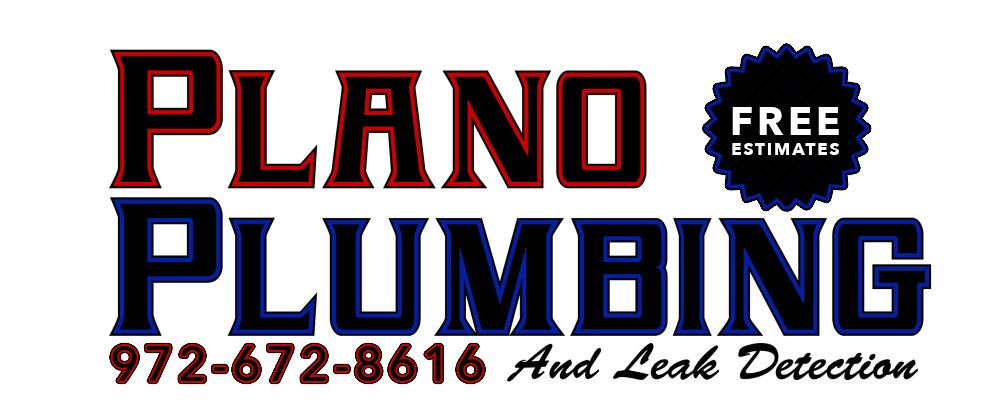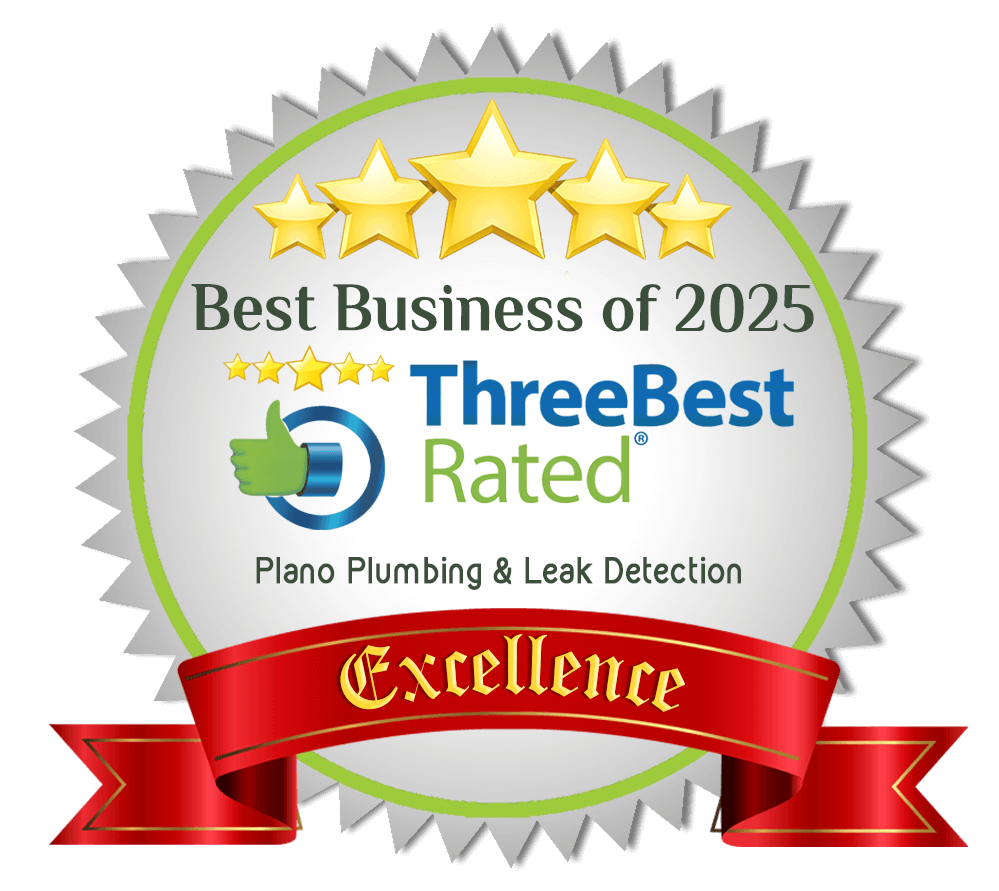Slab leaks often occur unnoticed beneath homes and buildings, posing a significant risk to your property. These hidden water leaks can usually be found within the foundation or concrete slabs. They can cause considerable structural damage, mold growth, and increase water bills. However, advancements in leak detection technology have empowered onsite professionals to detect these elusive culprits.
The Growing Need for Water Resilience
Droughts and unpredictable weather patterns pose immense challenges to communities and sustainable water supply management. According to a report by the Environmental Protection Agency (EPA), there is a growing need for more water resilience. Communities lose an average of 16% of potable water from public distribution systems, most of which is lost due to leaks in a home or building’s pipeline.
Further, the EPA states several factors must be considered to manage water losses. Property owners and managers should consider current water loss issues, the amount of water regularly used on the premises, and the water system’s size. Taking these into account helps to mitigate water loss in tandem with using the latest slab leak detection tools.
Traditional Methods vs. Modern Techniques
Over the years, the science of slab leak detection has evolved significantly, transitioning from rudimentary methods to precise techniques. Traditional approaches often relied on visual and auditory clues, requiring extensive digging and excavation to pinpoint the source of a leak. One such method, known as the “water hammer test,” involved shutting off the main water supply and monitoring the resulting pressure changes to identify potential leaks.
While the water hammer test served as a useful initial indicator, it had notable limitations. It could only identify the general location of a leak without providing precise information about its source. Additionally, the process was invasive, necessitating extensive disruption to the property, and could potentially cause further damage in the excavation process.
Modern techniques today use emerging technologies, which offer a more accurate method for detecting slab leaks.
These newer technologies include:
- Thermal Imaging
- Ultrasonic Leak Detection
- Acoustic Leak Detection
- Ground Penetrating Radar (GPR)
- Drone Imaging
- Light Detection and Ranging (LiDAR) Technology
- Video Pipe Inspection
The only downside to these modern detection methods is that they require more equipment, which may also impact the cost of the service.
The Role of Pressure Sensors
Many water transmission systems in the U.S. and Europe come outfitted with pressure sensors, which measure water flow through the pipes. Pressure sensors can detect deviations in pressure levels, sending alerts to the monitoring system, which signals a potential water leak. Integrating pressure sensors represents a crucial advancement in efficiently managing water loss.
Stanford’s Innovative Approach to Leak Detection
Stanford researchers have developed a cost-efficient solution to water leak detection, integrating old and new technologies. They built on the current industry standard test for determining slab leaks, the water hammer test. This new approach made use of the standard procedure:
- Turning off water flow in a leaking pipe quickly.
- Use sensors to gather data from the resulting shockwave when the flow is suddenly turned off.
- Observe the water hammer effect as it propagates across the pipe.
Researchers used the data gathered from the test and applied it to mathematical data they devised. When used with their model, onsite crews can now more accurately determine the leak’s location, even if they were underneath a concrete slab, saving money in labor and material costs.
Real-World Implications
By swiftly identifying and addressing leaks, modern slab leak detection technologies can save billions of gallons of water annually, significantly reducing water loss in distribution systems. This conservation not only preserves a precious resource but also saves consumers a lot of money.
Furthermore, they mitigate the potential environmental hazards of undetected leaks, such as soil erosion, water contamination, and building structural damage. In the face of increasing water scarcity and environmental concerns, these technological advancements are vital in creating sustainable water systems.
Sustainable Slab Leak Detection
Water conservation remains a significant aspect of advanced leak detection techniques, safeguarding resources and preserving property integrity. Homeowners and businesses are encouraged to invest in modern slab leak detection systems to reduce costs so they can do their part for the environment.

